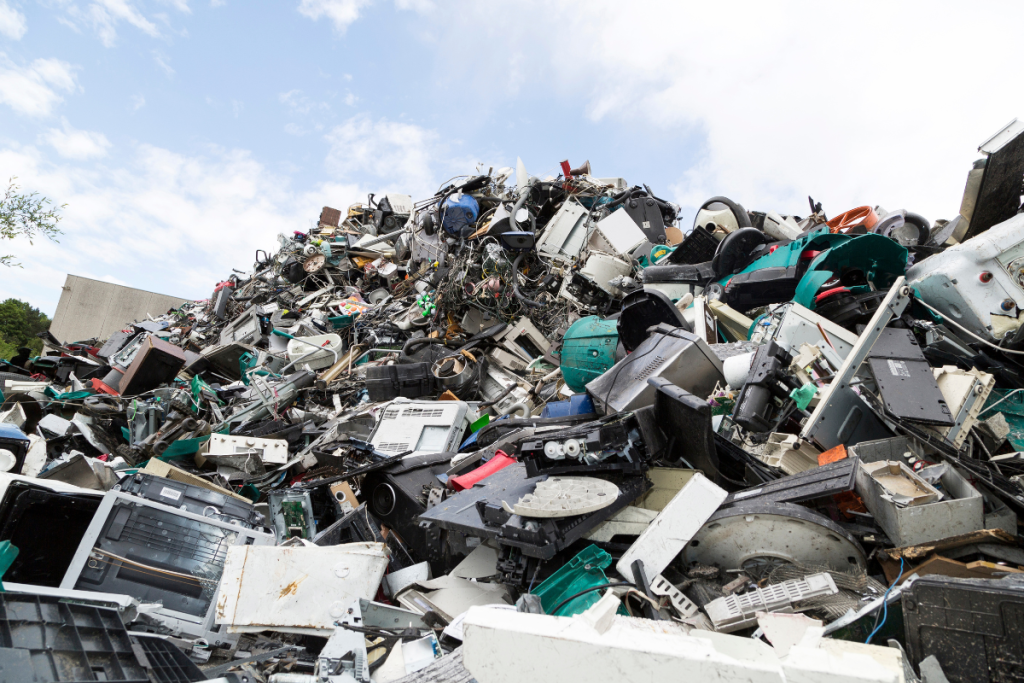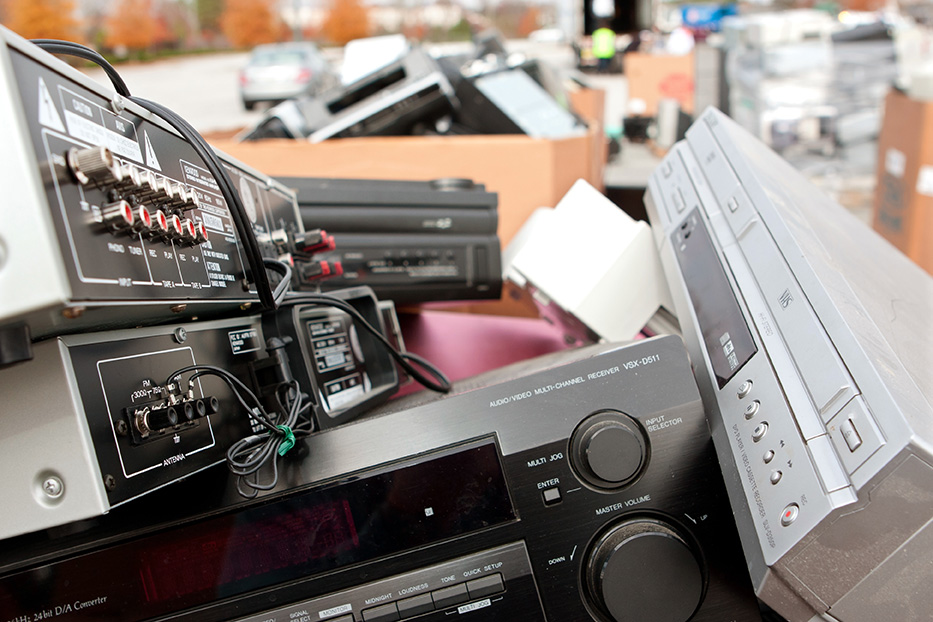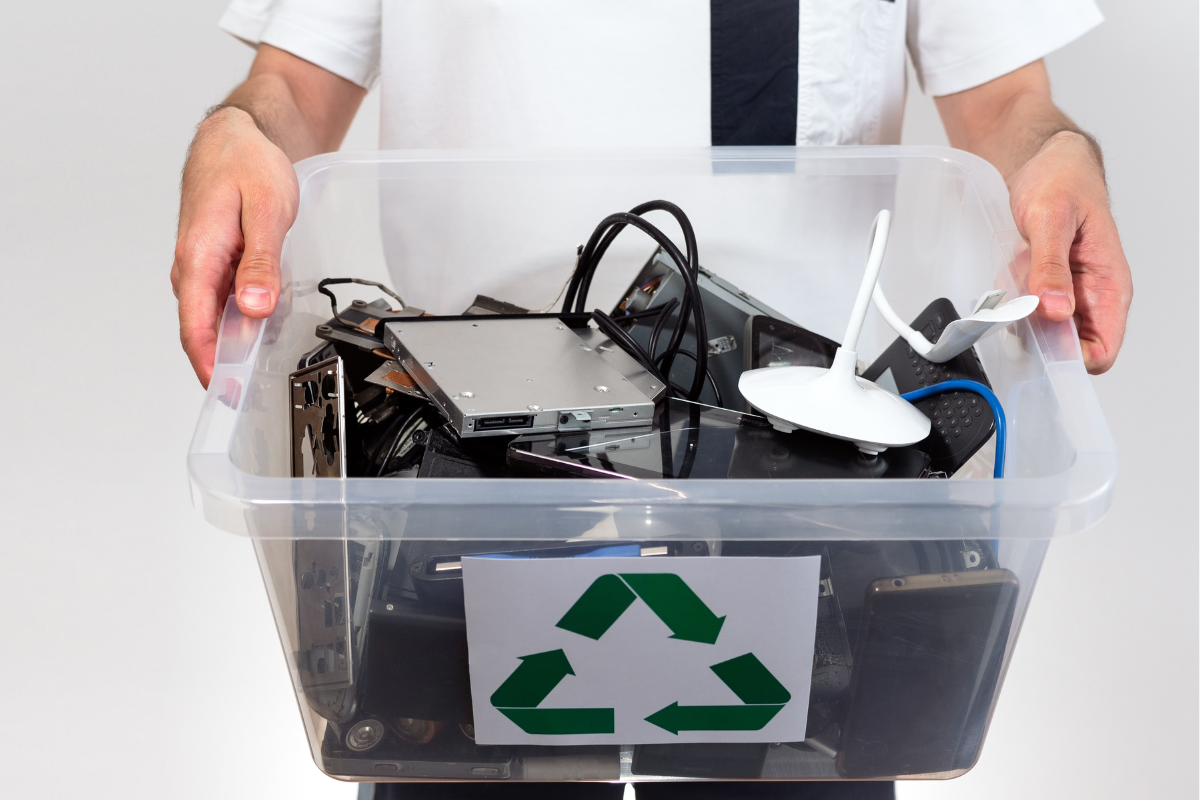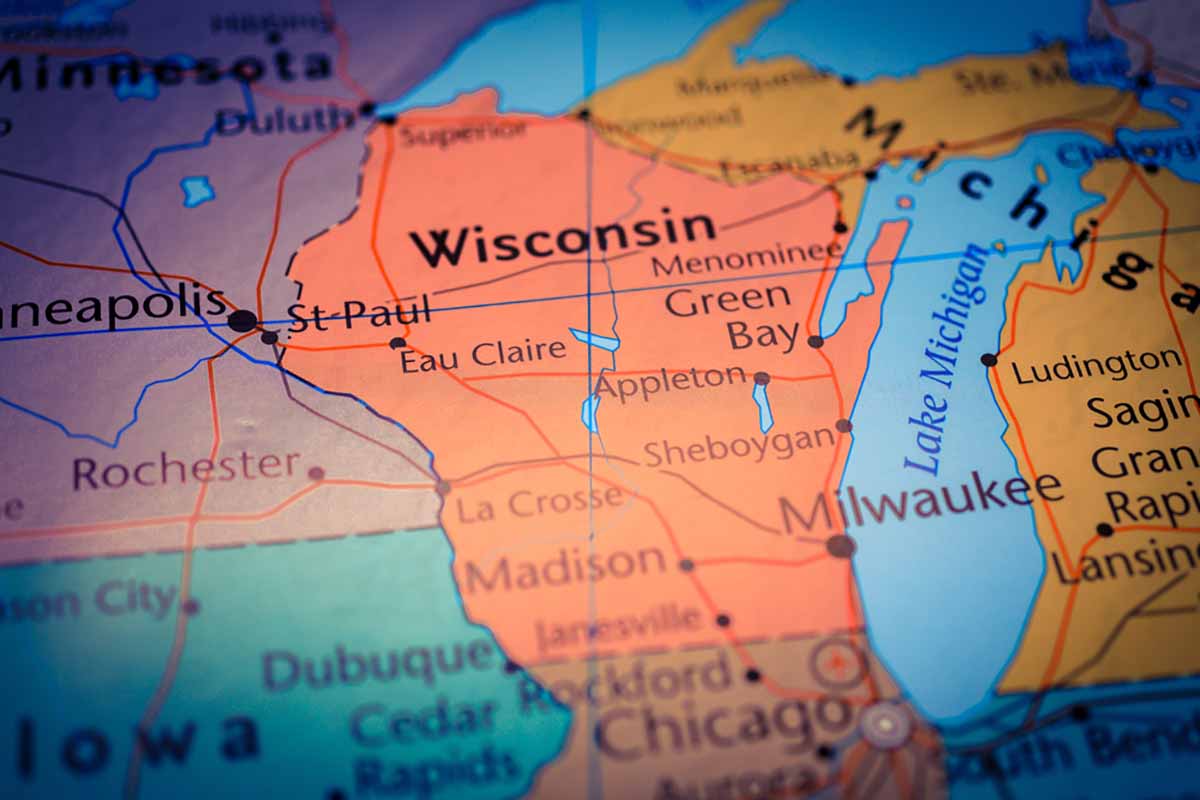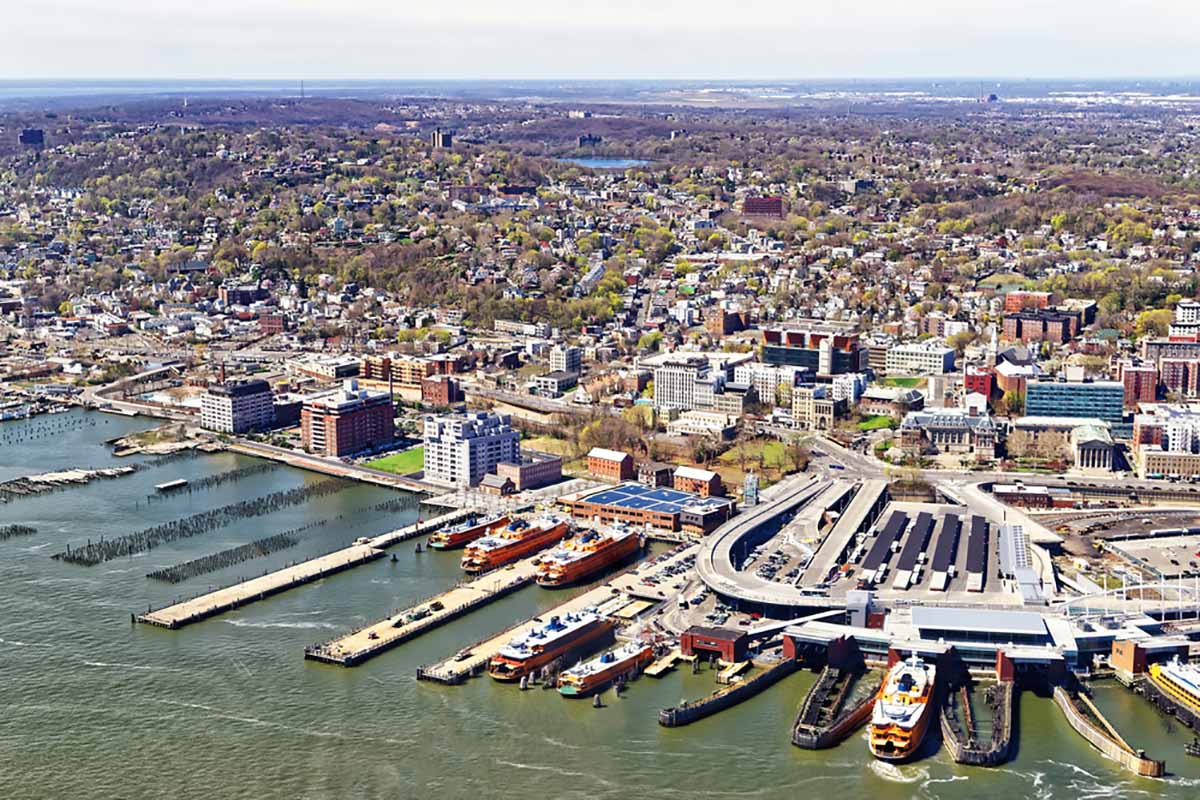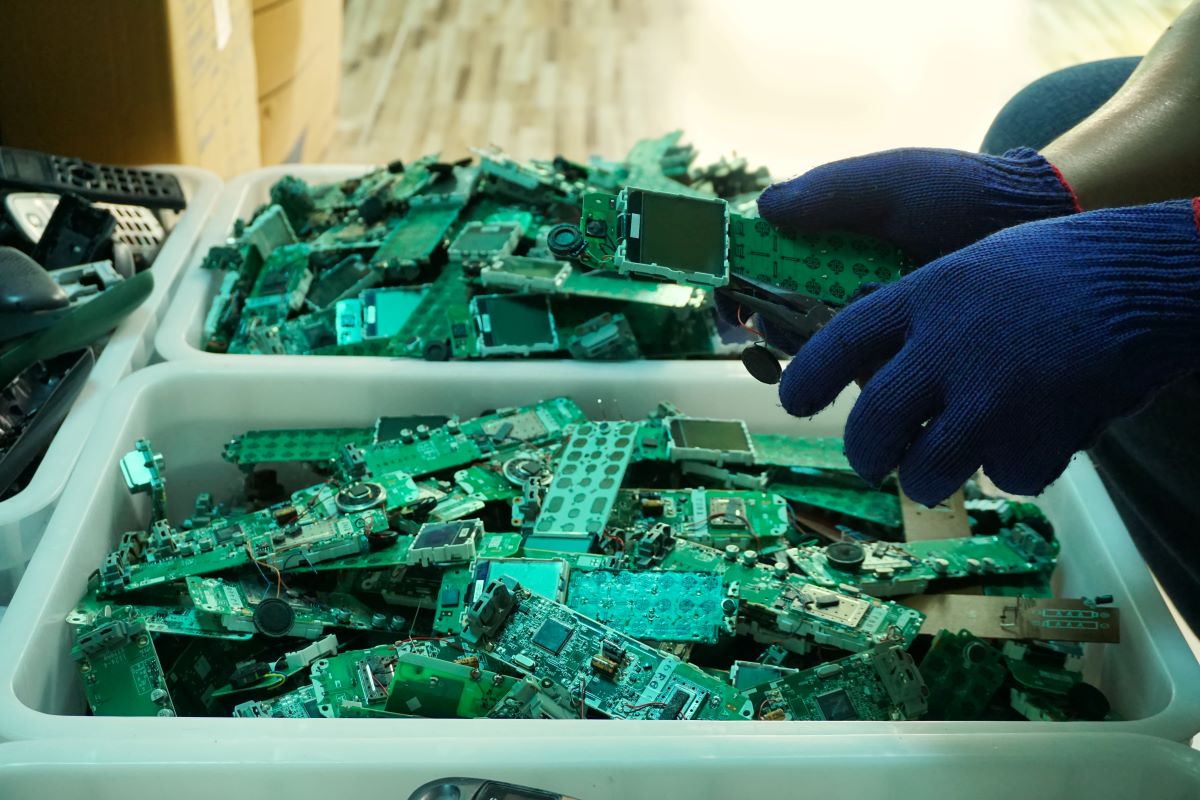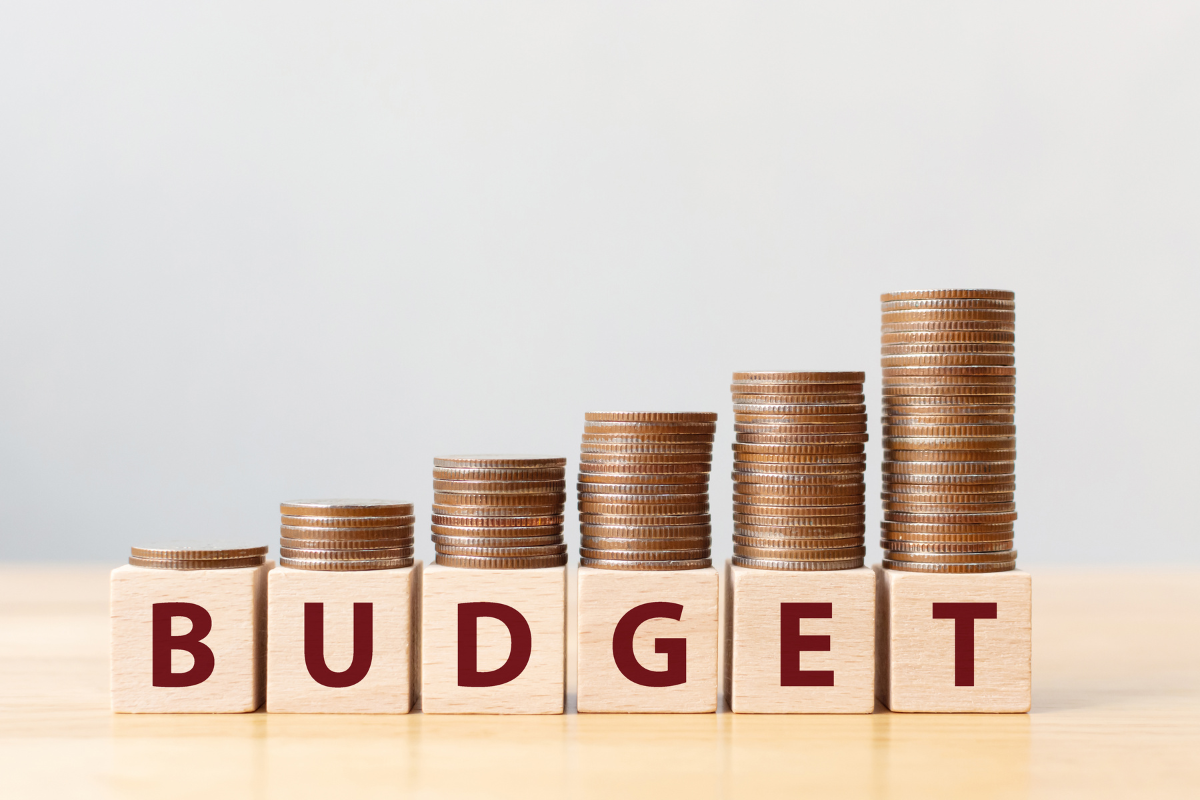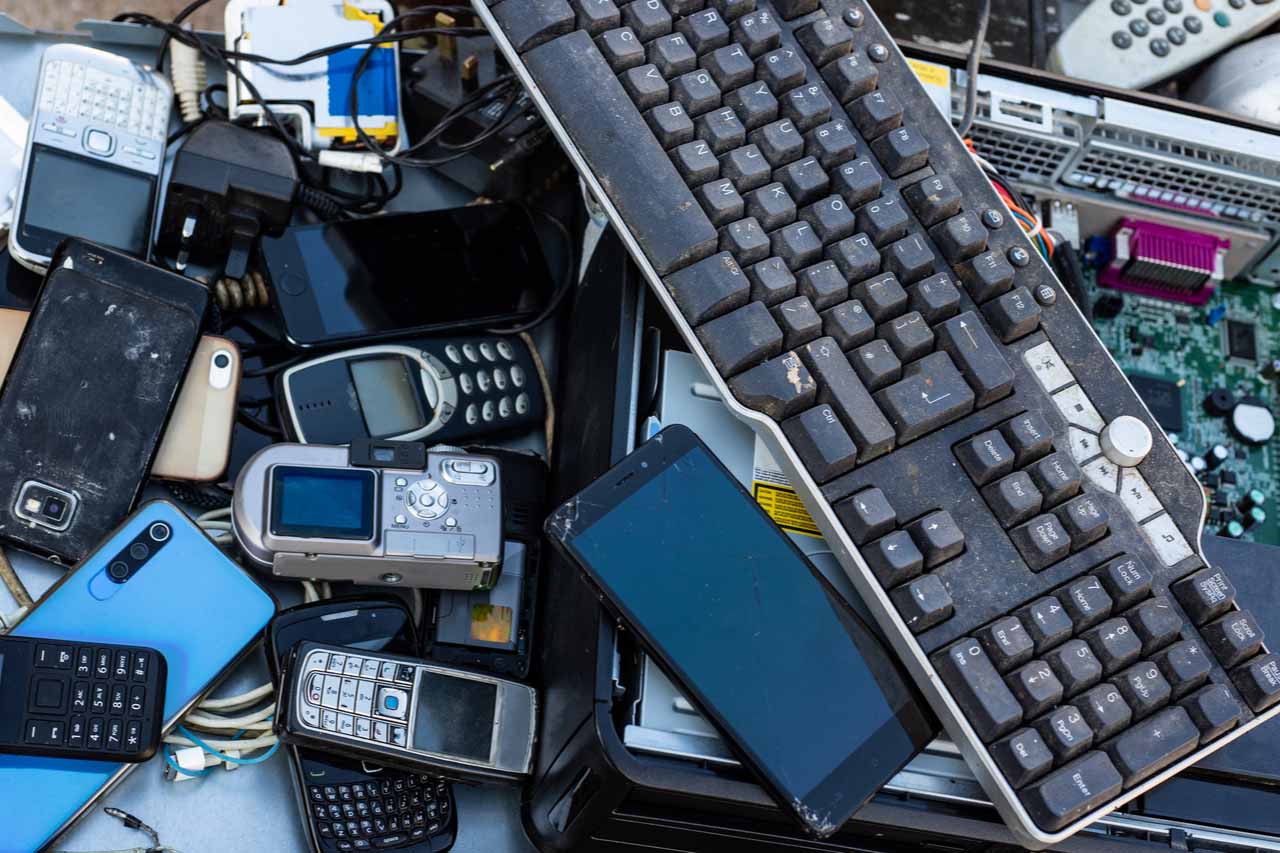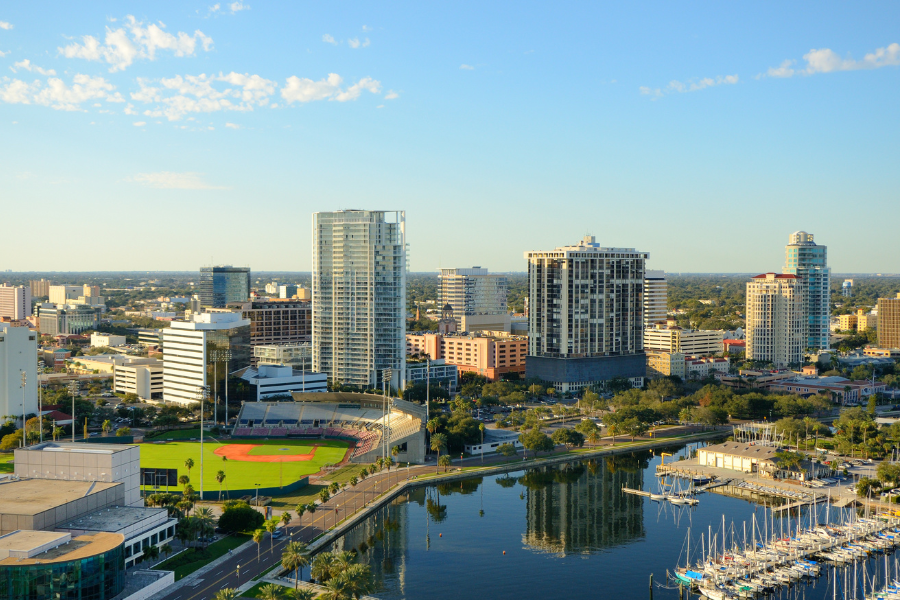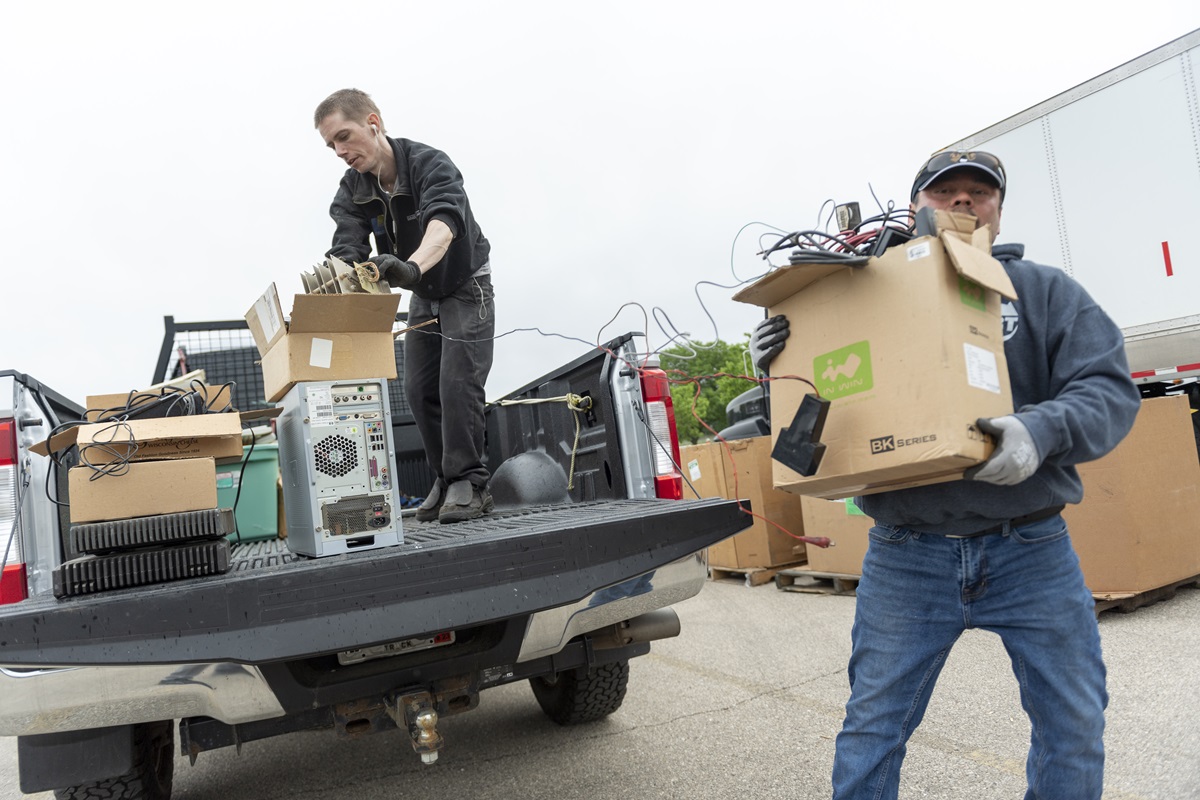
E-Cycle Wisconsin recorded its highest number of collection sites and events in the latest program year, such as this 2022 collection event in Madison, Wisconsin. | Photo by David Nevala, courtesy of E-Cycle Wisconsin
E-Cycle Wisconsin reached a long-sought milestone last year: the highest number of collection sites and events in its 14-year history. Continue Reading


